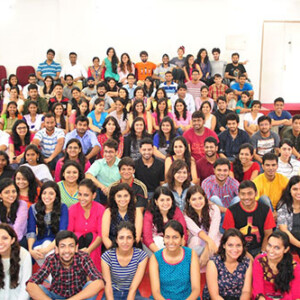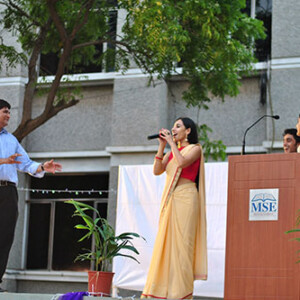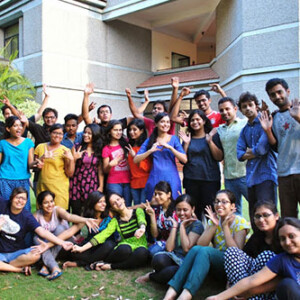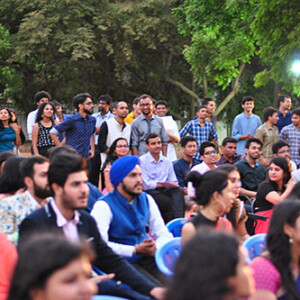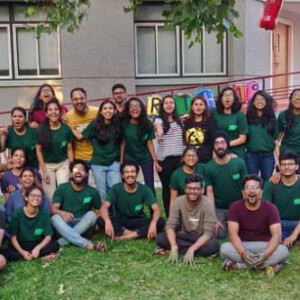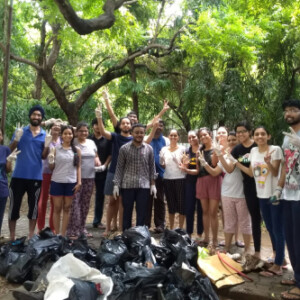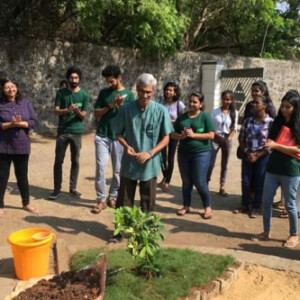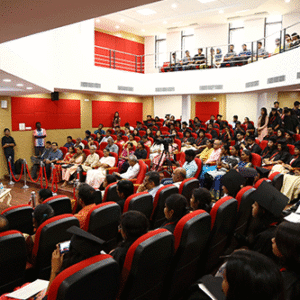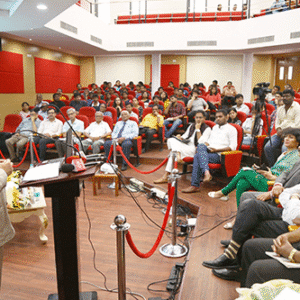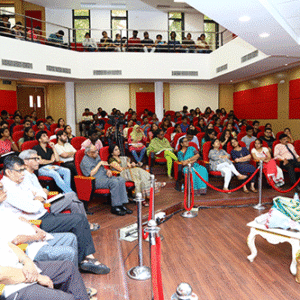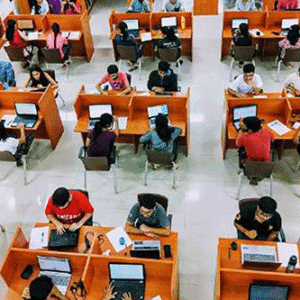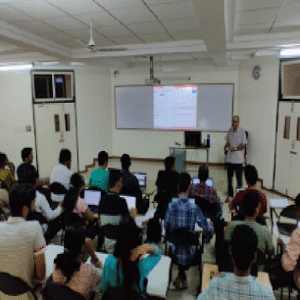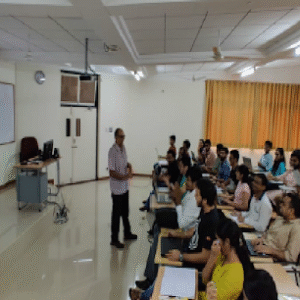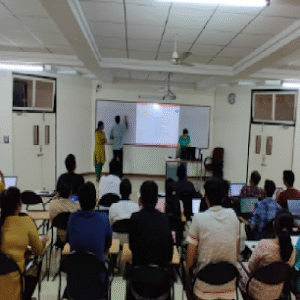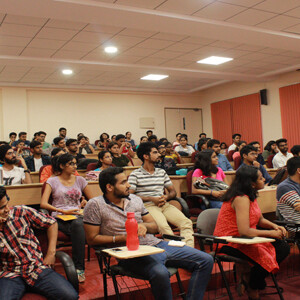MSE Seminar: “Headline Inflation and Monetary Policy Dynamics: Fresh Evidence from India” by Dr. Paras Sachdeva, Assistant Professor, Department of Humanities and Social Sciences, Indian Institute of Technology Madras on 12th September 2025 at 4:15 pm
Speaker: Dr. Paras Sachdeva, Assistant Professor, Department of Humanities and Social Sciences, Indian Institute of Technology Madras
Date & Time: 12th September 2025 (Friday) from 4:15 pm to 5:15 pm
Venue: Mini-Auditorium (2nd Floor, New Academic block)
Title of the paper: “Headline Inflation and Monetary Policy Dynamics: Fresh Evidence from India”
About the Speaker: See the link https://sites.google.com/view/paras-sachdeva/
Abstract of the paper: Due to the episodes of high inflation post-COVID-19 pandemic, there has been rising discussion on which measure of inflation the central banks should target: headline or core? This paper adds to the discussion by first examining the regime dependence of the pass-throughs of two key components of headline inflation, i.e., food and energy in the Indian context. Subsequently, the paper also examines the efficacy of monetary policy in curtailing these passthroughs. The empirical finding reveals the larger pass-throughs of food and energy inflation shocks at tails, i.e., at higher and lower quantiles in comparison to the median. The contractionary monetary policy impacts inflation through cost-side channels at its lower quantiles and demand-side channels at its higher quantiles. Besides, the contractionary monetary policy shock is found to curtail the first-round effects of energy inflation and the second-round effects of both food and energy inflation shocks. Given these findings, the paper suggests that the central bank tightens monetary policy during high food and energy inflation periods.




